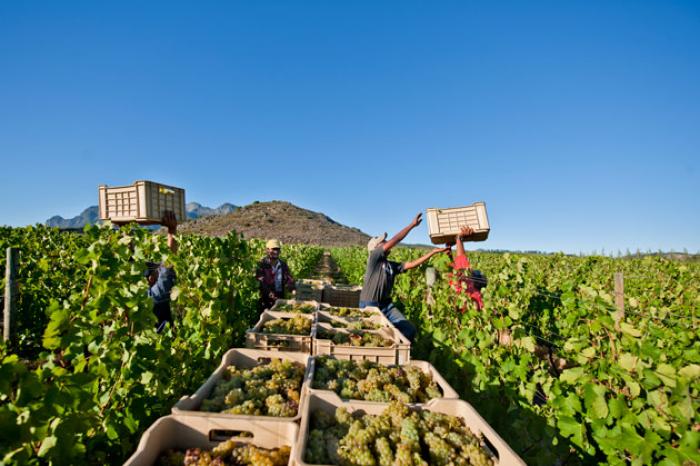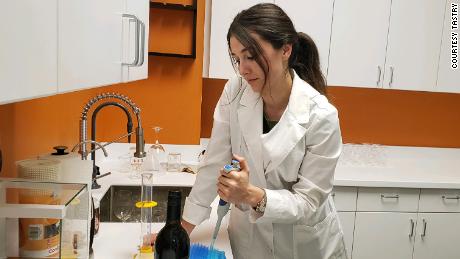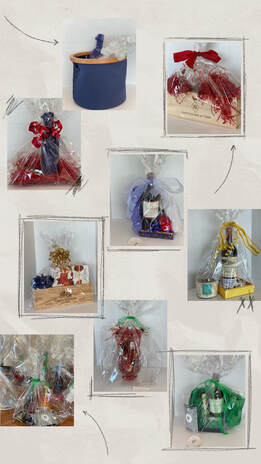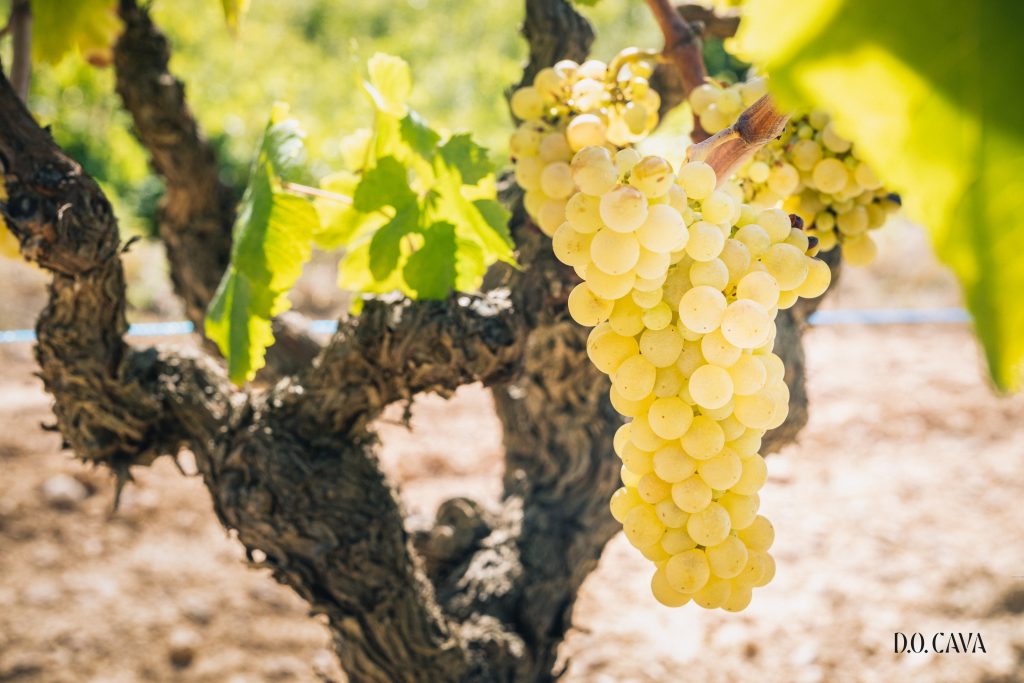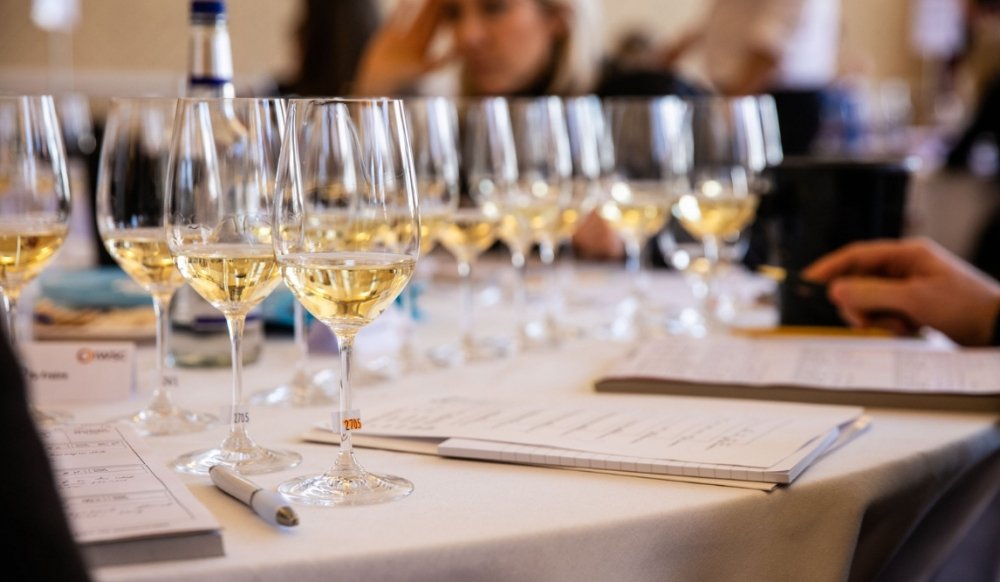The South African wine industry is celebrating an exceptional harvest this year thanks to cool temperatures, unusually high rainfall and a late harvest.
In terms of volume, the 2021 wine grape crop is estimated at 1,461,599 tonnes, according to the latest estimate of industry body SAWIS (South African Wine Industry Information & Systems) on 19 May 2021 – that makes it 8.9% larger than previous years.
Balancing 2020 and 2021
The 2021 harvest kicked off around two weeks later than normal due to unusually cool weather conditions throughout the season, which persisted throughout harvest time and resulted in some wine grape producers harvesting their last grapes in May.
Water resources were also replenished in most regions following the recent drought, which contributed to good vine growth, bunch numbers and berry sizes.
“Wine lovers can really look forward to remarkable wines from the 2021 crop,” said Conrad Schutte, consultation service manager of Vinpro. “The cooler weather enabled producers to harvest their grapes at exactly the right time, and viticulturists and winemakers are especially excited about good colour extraction, low pH levels and high natural acidity in cases where vineyards were managed effectively, which all point to exceptional quality wines.”…. https://bit.ly/2SEJH0z ..continues
#winefarm, #wine, #southafrica, #southafricanwine, #wine #redwine #whitewine, #winenews #wineharvest #stellenbosch #winetasting #capetown #winelovers #instawine

